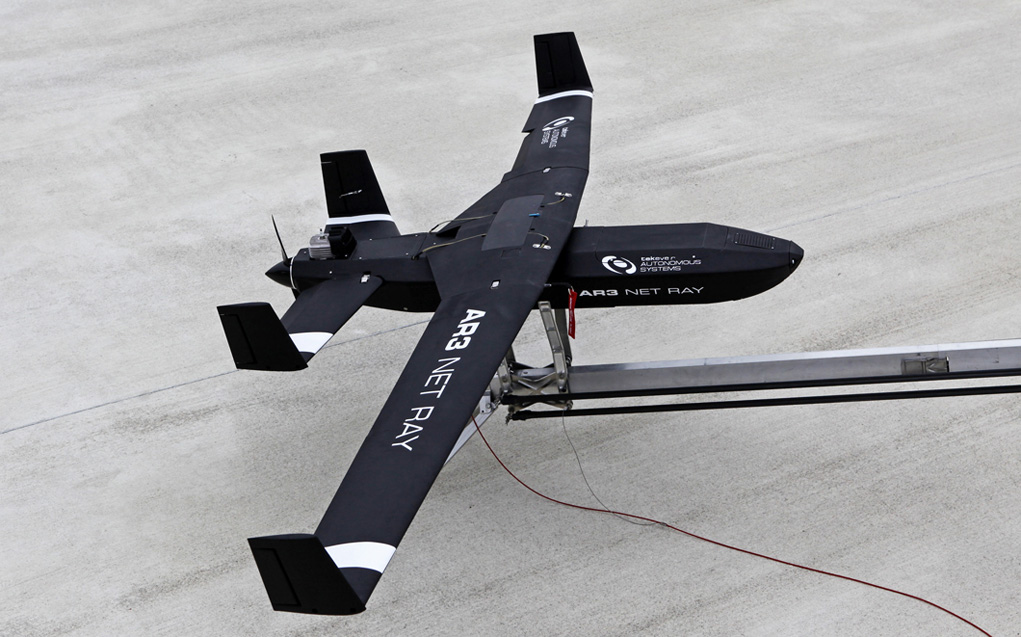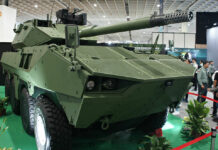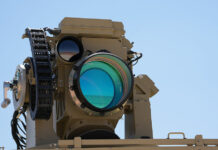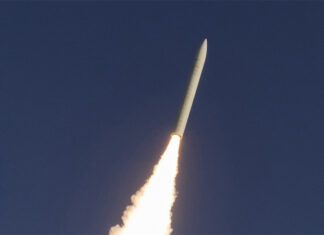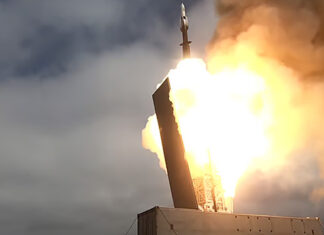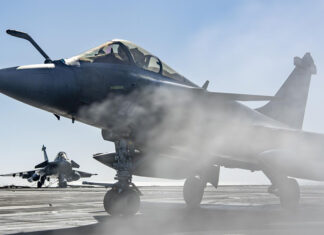Lacking reliable launch and retrieval capabilities, particularly in high sea states and strong winds, Unmanned Aerial Vehicles (UAV) often support maritime forces from shore, relying on large, long endurance platforms that can carry multiple payloads, including maritime search radar. The Tekever Group is introducing a new, lightweight shipborne UAV – the AR3 NET-RAY, a small drone with an empty weight of 14 kg, designed to carry 8 Kg payload. The new version of AR3 NET-RAY increases its payload capacity by 33%, with the main purpose of providing customers with the option to carry a radar with effective range of 25 nm.
The previous maritime variant weighs 12 kg and could carry six kg payloads, comprising EO and wide area surveillance systems. The new drone that is currently undergoing testing will be able to perform missions with more than 10 hour endurance. It can be launched by catapult and retrieved with a net, operating from small vessels, providing an easily deployable range extender for maritime platforms. The new drone debut at the UMEX 2016 taking place in the UAE this week.
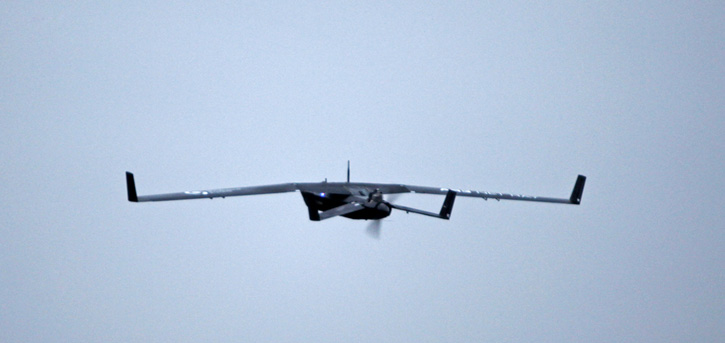
“with an extra payload capacity and the integration of a maritime radar, our goal is to provide customers with unprecedented capabilities in a very small and affordable package.” said Ricardo Mendes, Tekever Chief Operating Officer. “We’re still testing these new capabilities, but we’re very happy with the results we’re getting”. Mendes added.
According the company, the AR3 NET-Ray will be the first UAS in its class to offer a maritime radar capability.
The Tekever Group is building up a UAS program to perform multiple types of near shore and maritime missions, including search and rescue, surveillance, illegal fisheries control, maritime patrol and pollution detection, among others. The program is a result of the close cooperation between Tekever and the Portuguese Navy.
Tekever’s knowledge in maritime scenarios is becoming recognized by multiple institutions. The European Space Agency and the European Maritime Safety Agency have selected the Tekever AR5 Life Ray Evolution UAS for a new European maritime surveillance system composed of drones. The RAPSODY Project, led by Tekever, will test this year the use of unmanned aerial systems in a maritime context through real-world demonstration of two scenarios: search and rescue missions; and pollution and oil spill monitoring. The systems will operate over the Atlantic Ocean, the North Sea and the Mediterranean Sea. This is the first time unmanned aerial systems will be introduced into maritime surveillance missions in Europe.

